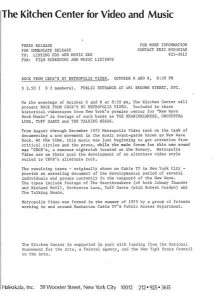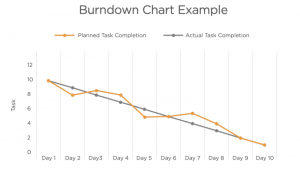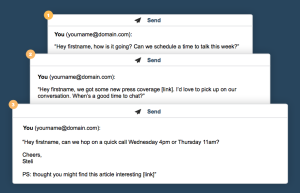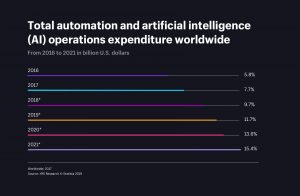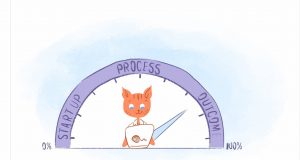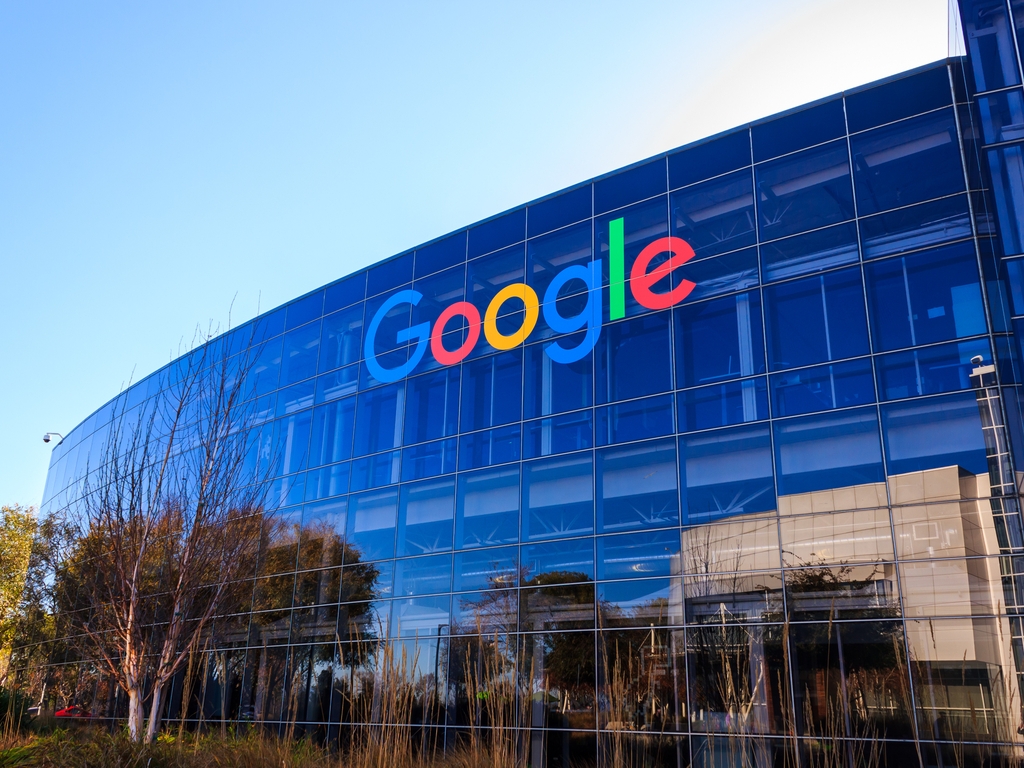
The goal of SEO is to help your website appeal to search engines, but it’s also closely linked to human behavior. Google’s algorithm considers user behavior when determining search rankings, and understanding how people interact with the search engine can help you generate more traffic to your site. Experts from Backlinko studied user behavior sessions to learn more about how people use the Google search engine and engage with the results. Their findings include some valuable information that can help you strengthen your SEO strategy.
Key Findings From the Study on Google Search
One of the most important findings was how quickly searchers made up their minds. On average, it only takes a user 14.6 seconds to click on a result. Half of users click on a result within just 9 seconds. Most searchers seem to skim through the title and meta description of the first few results and make a fast decision based on their first glance.
Only 9 percent of searchers scroll all the way to the bottom of the first page of results, so appearing near the top of the SERP is critical. The Backlinko study also found that only 17 percent of searchers return to the search results page after clicking on one result.
The study confirmed the importance of appearing in the Local Pack for a local search query. Around 42 percent of users selected a result in the Local Pack, so if your website doesn’t make it to the Local Pack, you may be missing out on almost half of your potential site traffic.
How to Use This Google Search Behavior Data
The user behavior study provides great insight into searchers’ priorities when they choose results. When you create an SEO strategy, remember that users act quickly and focus on the top results.
Here are four SEO tips to increase your site’s visibility and make it more appealing to searchers:
Use long-tail keywords.
If you’re a small or mid-sized business, your chances of ranking highly for broad, generic search terms are slim. Focusing on highly specific, long-tail keywords will be much more effective. You can use the Google Keyword Planner tool to discover new keywords and evaluate their current search volume.
Incorporate your target keywords throughout your page content, title tags, and meta descriptions. Don’t force the keywords into your content where they don’t make sense, but let them appear naturally.
Optimize your Google My Business listing.
If you operate a local business, appearing in the Local Pack is essential. Optimizing your Google My Business listing is the best way to earn a spot in the Local Pack. Make sure all of the information is complete, accurate, and consistent. Include a description of your business, add photos, and respond positively to customer reviews.
Increase your site’s loading speed.
People want results quickly. Many searchers click on a result within a matter of seconds, which indicates that they’re trying to get answers as quickly as possible. Loading speed is a direct ranking factor, so a slow site can be detrimental to your ranking. Even if you do make it to the top of the SERP, a Google report from 2016 found that more than 50 percent of mobile searchers will abandon a site if it doesn’t load within three seconds.
One of the best ways to increase page speed is to enable compression with the Gzip application, which will reduce your file sizes significantly. To reduce photo sizes, use Photoshop or another image editing tool. You can also improve loading time with browser caching, which stores some of your site’s information for returning site visitors.
Write a strong meta description.
The meta description is your chance to win users over if they see your page in the SERP. Google usually cuts off the meta description at around 160 characters, so try to keep it shorter than that. Explain what the page offers to viewers, and encourage them to click to learn more. If possible, use one of your target keywords near the beginning of the description.
You should keep both the search engine algorithm and the searchers in mind when designing your site and creating content. The first step toward expanding your audience is improving your ranking, and the second step is convincing searchers to click on your result and stay on the page. Use what you know about user behavior to make your site engaging, informative, and appealing for potential customers.
Digital & Social Articles on Business 2 Community
(48)




